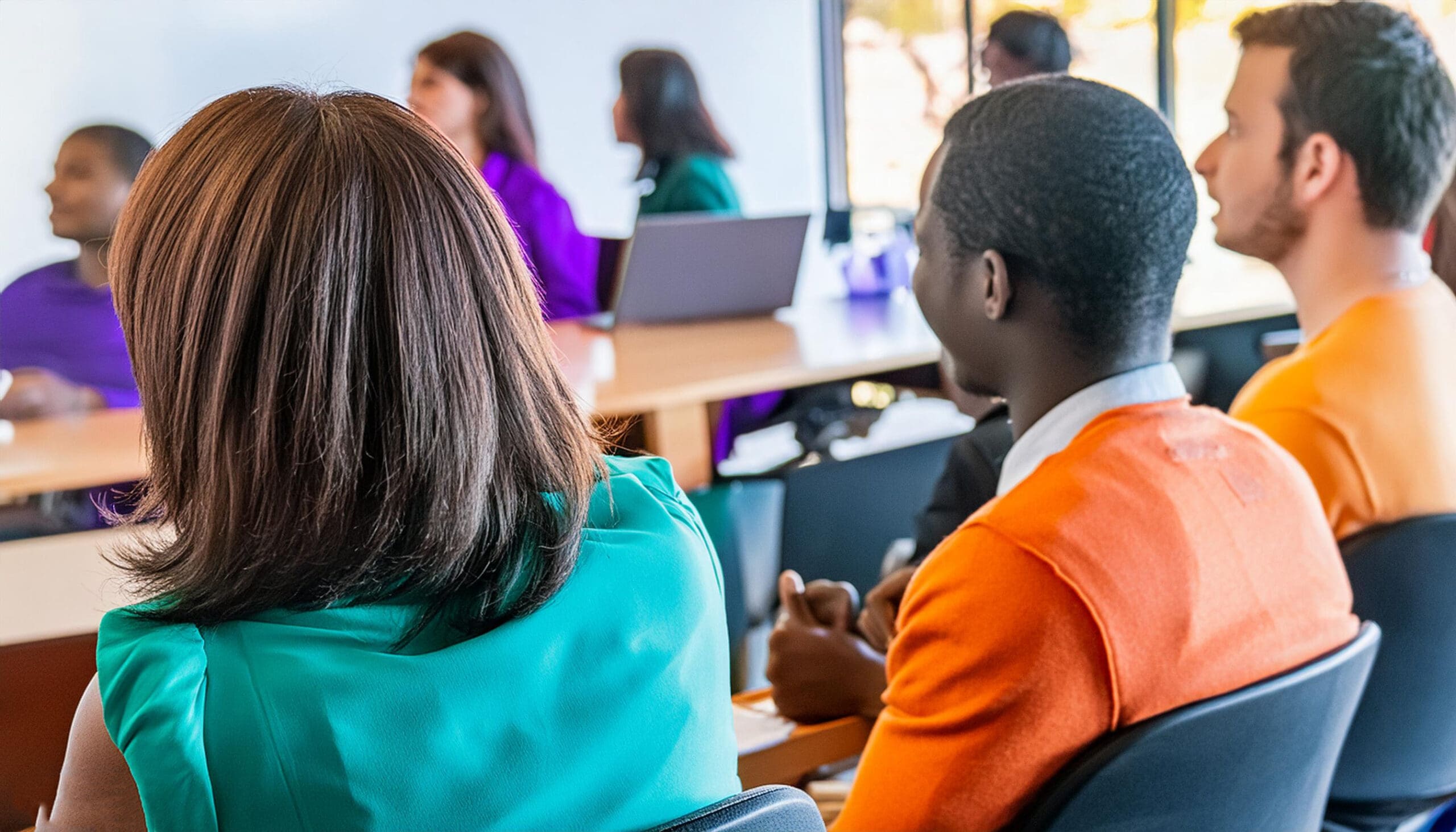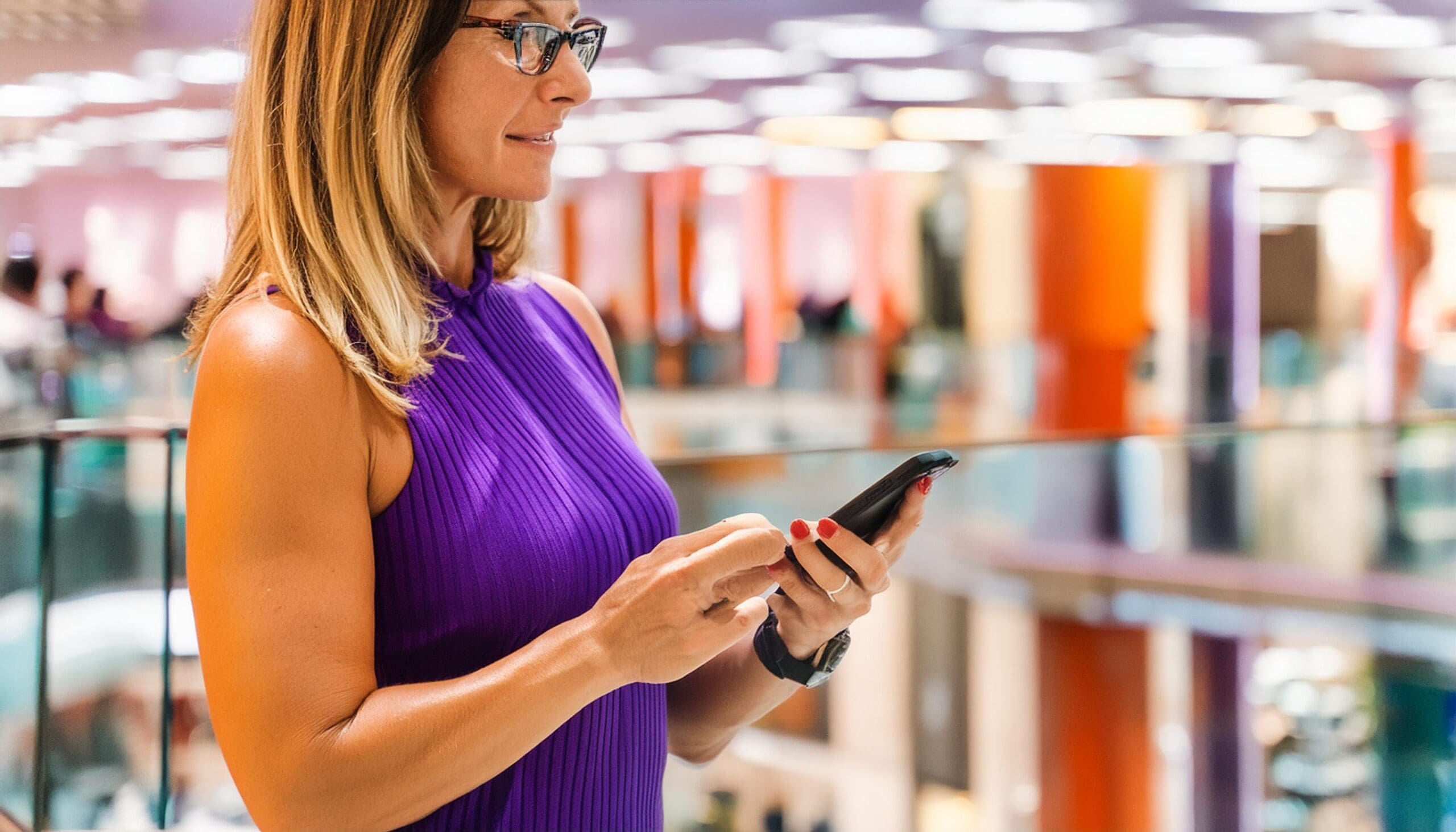In the fast-paced landscape of business and marketing, the ability to generate quality leads is paramount to success. Among the myriad strategies available, events stand out as powerful platforms for connecting with potential customers and clients. This article is a comprehensive guide on how to get more leads from your events, offering insights and actionable strategies to maximize the impact of your event presence.
Brief Overview of Event Lead Generation
Event lead generation involves the process of identifying, attracting, and converting potential leads during and after a business event. Whether it’s a trade show, conference, or product launch, events offer a unique opportunity to engage with a targeted audience in a face-to-face setting. In this blog, we will delve into the various stages of event lead generation, from understanding your audience to post-event follow-up, providing you with a roadmap for success.
Importance of Getting More Leads from Events
Why focus specifically on getting more leads from events? The answer lies in the unparalleled potential events have to create meaningful connections. Unlike digital marketing channels, events allow for direct interaction, enabling you to showcase your brand personality, products, and services in a way that leaves a lasting impression. By optimizing your lead generation efforts at events, you not only expand your customer base but also strengthen your brand’s presence and authority in your industry.
Strategies to Get More Leads from Your Events
As we navigate through this blog, we’ll explore a variety of strategies designed to amplify your lead-generation efforts at events. From understanding your target audience and pre-event planning to on-site engagement tactics and post-event follow-up, each section will provide actionable insights. We’ll also delve into the role of technology in enhancing lead capture and share tips for measuring and analyzing your success. By the end of this comprehensive guide, you’ll be equipped with the knowledge and tools to make every event a valuable source of high-quality leads.
Understanding Your Target Audience at Events
Effective event lead generation starts with a deep understanding of your target audience. By identifying and catering to the needs and preferences of potential attendees, you can significantly enhance the quality of leads generated. This section will guide you through the process of understanding your audience and tailoring your events to create meaningful connections.
Identifying Ideal Event Attendees
Demographic Analysis
Before the event, conduct a thorough demographic analysis to pinpoint the characteristics of your ideal audience. Consider factors such as age, gender, location, and occupation. This information will help you tailor your event messaging and activities to resonate with the specific demographics you aim to attract.
Psychographic Analysis
Go beyond demographics by delving into the psychographic aspects of your audience. Understand their interests, values, and behavior patterns. Knowing what motivates and engages your audience on a deeper level will enable you to create an event experience that resonates emotionally, fostering stronger connections.
Tailoring Your Event to Your Audience
Customized Content and Activities
Once you’ve identified your target audience, tailor your event content and activities to align with their preferences. Develop presentations, workshops, or product showcases that directly address their pain points or interests. The more relevant and personalized your content, the more likely attendees are to engage and convert into valuable leads.
Creating Engaging Experiences
Craft experiences that go beyond traditional marketing pitches. Engage your audience with interactive elements, such as live demonstrations, Q&A sessions, or hands-on activities. By creating memorable and enjoyable experiences, you not only capture attention at the event but also leave a lasting positive impression that can translate into sustained interest post-event.
In the following sections, we’ll delve into practical strategies for pre-event planning, ensuring that your efforts align seamlessly with your understanding of the target audience. By the end of this guide, you’ll be equipped with the knowledge to strategically plan events that resonate with your audience, setting the stage for successful lead generation.
Pre-Event Planning for Lead Generation
As the saying goes, “Success is where preparation and opportunity meet.” This holds especially true for event lead generation. This section will guide you through the crucial pre-event planning phase, where building anticipation and strategic promotion lay the foundation for a successful lead generation strategy.
Building Anticipation
Social Media Teasers
Harness the power of social media to generate excitement before the event. Create teaser posts, countdowns, and behind-the-scenes content to build anticipation among your audience. Encourage followers to share and engage with your event-related posts, expanding your reach and creating a buzz that extends beyond your immediate network.
Email Marketing Campaigns
Complement your social media efforts with targeted email marketing campaigns. Craft compelling emails that highlight the value attendees will gain from participating in your event. Include sneak peeks, exclusive offers, or early access opportunities to incentivize registration and attendance.
Strategic Event Promotion
Utilizing Event Platforms
Take advantage of event platforms and listing websites to increase your event’s visibility. Ensure your event details are accurately listed with compelling descriptions and visuals. Leverage features like online registration to streamline the sign-up process and gather valuable information from potential attendees.
Collaborating with Influencers
Partnering with influencers relevant to your industry can exponentially boost your event’s visibility. Identify influencers with a strong following among your target audience and collaborate on promotional activities. This can include sponsored posts, takeover events, or exclusive interviews, creating a mutually beneficial promotional strategy.
On-Site Strategies to Capture More Leads
The moment has arrived—the event is underway, and attendees are interacting with your brand. Now, it’s time to implement on-site strategies that not only captivate your audience but also effectively capture valuable leads. This section will explore the importance of an interactive booth design and engagement tactics to make your presence memorable.
Interactive Booth Design
Attractive Displays
Your booth is the physical embodiment of your brand at the event. Design visually appealing displays that not only showcase your products or services but also create an inviting atmosphere. Incorporate eye-catching graphics, clear branding, and strategically placed signage to attract attendees and encourage them to explore further.
Incorporating Technology
Integrate technology into your booth to enhance the visitor experience. Interactive touchscreen displays, virtual reality demos, or augmented reality experiences can captivate attendees and leave a lasting impression. Consider incorporating lead capture technology directly into these interactive elements for seamless data collection.
Engaging Event Attendees
Games and Activities
Create an environment that encourages participation through games and activities. Interactive games related to your industry or product offerings can be both entertaining and informative. Offer incentives, such as prizes or discounts, for participation to motivate attendees to engage and willingly share their information.
Demonstrations and Workshops
Organize live demonstrations or workshops that showcase your expertise and provide value to attendees. These sessions not only position your brand as an authority but also create opportunities for direct interaction. Collect contact information from participants who express interest in learning more or receiving follow-up materials.
In the upcoming sections, we’ll explore how technology can further enhance lead capture, both during and after the event. By strategically combining an attractive booth design with engaging on-site activities, you’ll create a conducive environment for generating high-quality leads and making a memorable impact on your audience.
Utilizing Technology for Enhanced Lead Capture
As the business landscape evolves, so does the role of technology in event lead generation. In this section, we’ll explore how leveraging advanced technological tools can streamline the lead capture process, providing a seamless experience for both exhibitors and attendees.
Event-Specific Landing Pages
Information Capture Forms
Create dedicated landing pages for your event to centralize information and capture leads effectively. Embed user-friendly forms on these pages, prompting attendees to provide their contact details in exchange for exclusive event content, early access, or special discounts. Optimize these forms to gather valuable insights while maintaining a user-friendly experience.
Incentives for Sign-ups
Motivate attendees to share their information by offering enticing incentives. Exclusive access to premium content, limited-time offers, or entry into a giveaway are effective ways to encourage sign-ups. Ensure that the incentives align with your brand and are perceived as valuable by your target audience.
QR Codes and Mobile Apps
Seamless Information Exchange
Implement QR codes strategically throughout your event space. Attendees can easily scan these codes with their smartphones, directing them to specific landing pages, product information, or interactive content. Additionally, consider developing a dedicated event mobile app that facilitates seamless information exchange, allowing attendees to access resources and exhibitors effortlessly.
Real-time Engagement Tracking
Utilize technology to track attendee engagement in real time. RFID badges, mobile app interactions, or beacon technology can provide valuable insights into attendee behavior. This data can inform your on-site strategy, enabling you to identify hot leads and tailor your approach for maximum impact.
In the following sections, we’ll delve into post-event follow-up strategies, ensuring that the leads captured during the event are nurtured effectively. By embracing technology, you position your brand at the forefront of innovation, creating a memorable and efficient experience for both your team and event attendees.
Post-Event Follow-Up and Nurturing
The event may be over, but the real value lies in the post-event phase, where diligent follow-up and nurturing can transform leads into loyal customers. This section will guide you through the crucial steps of sorting, qualifying, and engaging with leads after the event to maximize conversion opportunities.
Promptly Sorting and Qualifying Leads
Lead Scoring Criteria
Implement a lead scoring system to prioritize and categorize leads based on their potential value. Assign scores to different actions, such as booth visits, session attendance, or engagement with digital content. This systematic approach allows your team to identify and focus on leads that align closely with your ideal customer profile.
CRM Integration
Integrate your event lead capture system with Customer Relationship Management (CRM) software. This integration ensures that all lead information is seamlessly transferred to your database, providing a centralized hub for managing and tracking interactions. This streamlined approach facilitates efficient follow-up and prevents potential data loss.
Tailored Follow-Up Communication
Personalized Email Sequences
Craft personalized and targeted email sequences to follow up with leads. Segment your email list based on lead scores or specific interests demonstrated during the event. Tailor your messaging to address the individual needs and pain points of each segment, increasing the likelihood of engagement and conversion.
Social Media Engagement
Extend your follow-up beyond email by leveraging social media platforms. Connect with leads on LinkedIn or Twitter, sharing relevant content and initiating conversations. Social media provides an additional channel for building relationships and keeping your brand top-of-mind as leads progress through the decision-making process.
In the upcoming sections, we’ll explore how to measure and analyze the success of your event lead generation efforts. By focusing on post-event follow-up and nurturing, you lay the groundwork for lasting relationships with your leads, ultimately driving conversion and maximizing the return on your event investment.
Measuring and Analyzing Event Lead Generation Success
The effectiveness of your event lead generation strategy hinges on the ability to measure and analyze key metrics. In this section, we’ll delve into the essential metrics to track, ensuring that you gain valuable insights into the success of your efforts and can make informed decisions for future events.
Key Metrics to Track
Conversion Rates
Evaluate the effectiveness of your lead generation by tracking conversion rates. Analyze the percentage of leads captured at the event that progressed through the sales funnel. This metric provides a clear indication of the quality of leads generated and the success of your on-site engagement and nurturing strategies.
Return on Investment (ROI)
Calculate the ROI of your event by comparing the overall investment against the revenue generated from leads converted. Consider not only the direct sales but also the long-term value of acquired customers. Understanding the ROI allows you to assess the financial impact of your event participation and adjust your strategy accordingly.
Adjusting Strategies for Future Events
Analyzing Feedback
Solicit feedback from both attendees and your event team. Assess attendee satisfaction through post-event surveys and reviews. Additionally, gather insights from your team regarding what worked well and areas that may require improvement. Use this feedback to refine your strategies for future events and enhance the overall attendee experience.
Continuous Improvement
Event lead generation is an iterative process. Continuously analyze data, identify trends, and stay updated on industry best practices. Implement changes based on insights gained from each event cycle, ensuring that your strategies evolve to meet the dynamic needs of your target audience and the ever-changing landscape of events.
In the final section of this article, we’ll recap the strategies discussed and offer encouragement for ongoing optimization. By embracing data-driven decision-making and a commitment to continuous improvement, you position your brand for sustained success in event lead generation.
Conclusion
As we conclude this comprehensive guide on mastering event lead generation, we’ve explored a myriad of strategies to ensure you get more leads from your events. From understanding your target audience and strategic pre-event planning to on-site engagement tactics, leveraging technology, and post-event follow-up, each section has provided actionable insights to enhance your event marketing efforts.
Recap of Strategies for Getting More Leads from Your Events
- Understand Your Audience: Tailor your events to align with the demographics and psychographics of your target audience. Personalization is key to creating memorable experiences that resonate.
- Strategic Pre-Event Planning: Building anticipation through social media teasers, email marketing, utilizing event platforms, and collaborating with influencers sets the stage for a successful event.
- On-Site Engagement: An interactive booth design, incorporating technology, and engaging attendees with games and activities contribute to capturing leads effectively during the event.
- Utilizing Technology: Leverage event-specific landing pages, QR codes, and mobile apps for seamless lead capture. Implementing these technologies enhances the overall attendee experience.
- Post-Event Follow-Up: Promptly sorting and qualifying leads, integrating with CRM systems, and personalized follow-up communication are crucial for nurturing leads after the event concludes.
- Measuring Success: Track key metrics such as conversion rates and ROI to evaluate the success of your event. Utilize feedback to continuously improve and adapt your strategies for future events.
Encouragement for Ongoing Optimization
Successful event lead generation is an ongoing process of optimization. Embrace a data-driven approach, regularly analyzing performance metrics, and adapting your strategies based on insights gained. The events landscape evolves, and your ability to stay agile and responsive will set you apart in the competitive realm of event marketing.
Closing Thoughts on Event Lead Generation Success
In the ever-expanding world of business events, the ability to secure valuable leads is a game-changer. By implementing the strategies outlined in this guide and maintaining a commitment to improvement, you position your brand for not only event success but also long-term growth and customer loyalty. May your future events be rich with meaningful connections and abundant leads, propelling your business to new heights.












